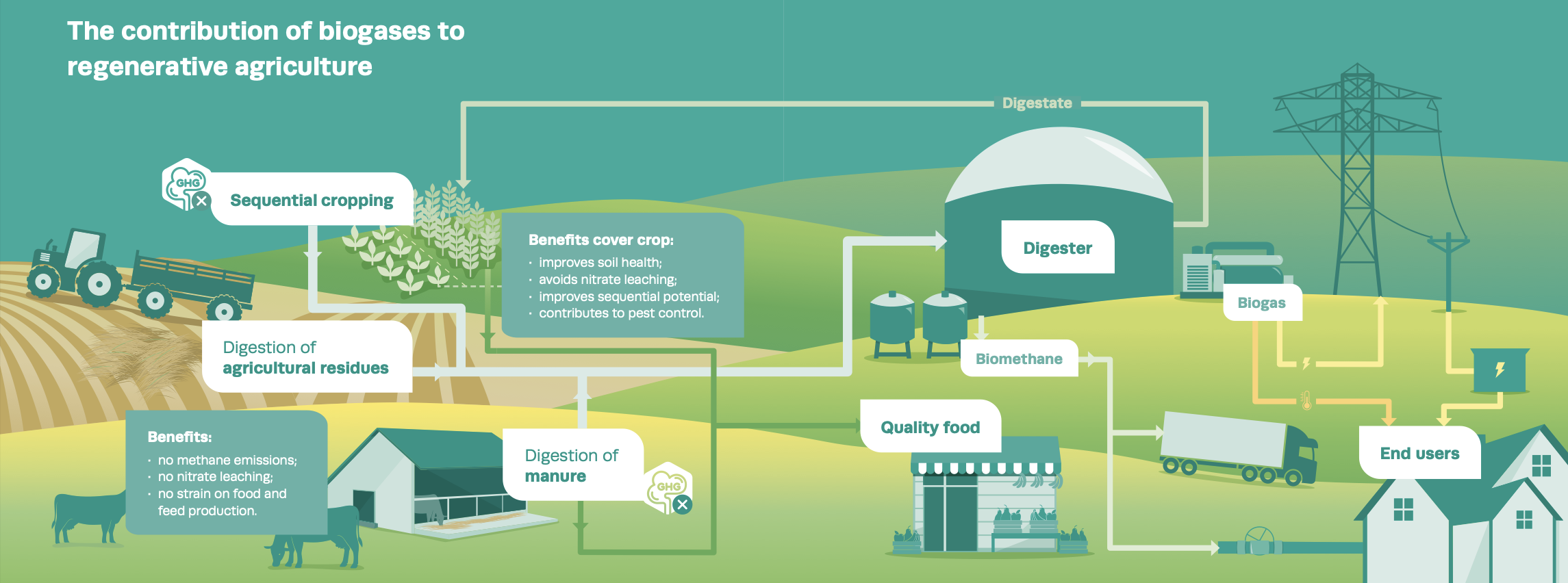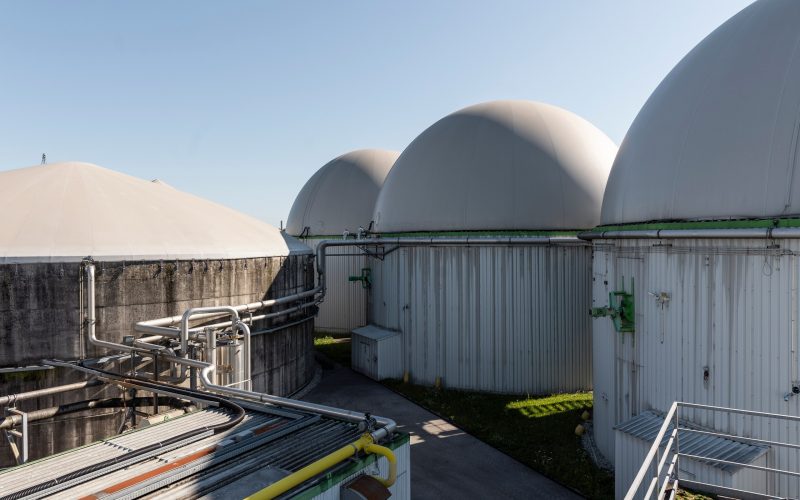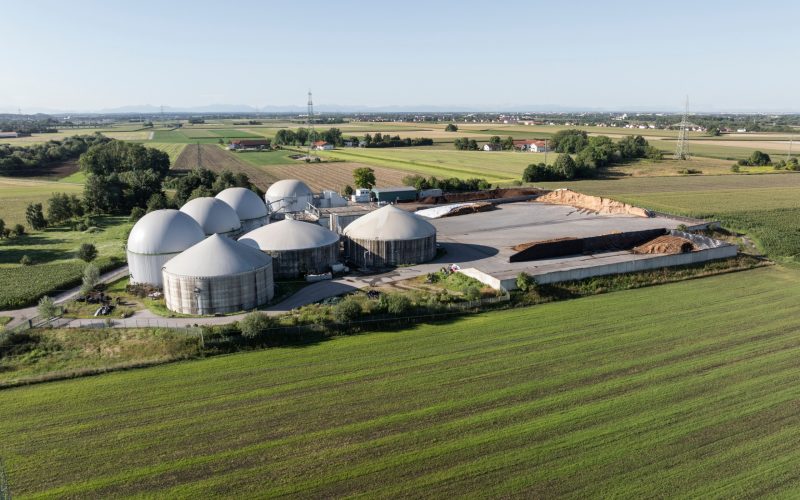SAF platform: How does biogas contribute to the development of regenerative agriculture?
The second factsheet of the new information campaign of the European Biogas Association (EBA) “About regenerative agriculture” is available!
This newsletter is the second in 2023 of the European Biogas Association’s (EBA) new information campaign Biogases: beyond energy, which focuses on researching different biogas technologies for the development of the European bioeconomy. In total, there will be six such publications throughout the year.
This factsheet is the second document in 2023 of the European Biogas Association’s (EBA’s) new information campaign “Biogases: Beyond energy”, which explores the role of biogas in renewable agriculture development. In total, there six documents will be published throughout the year.
Read more about the campaign and download the first two documents “Energy system integration” and “About regenerative agriculture” on the SAF platform.

Why is the role of biogas important in providing regenerative agriculture?
Regenerative agriculture is vital to the development of an adaptive, sustainable food system. It has a positive impact on climate, soil health, resource use efficiency, bio-diversity and ultimately prosperity. The regenerative approach promotes agronomic practices such as the adoption of alternatives to synthetic fertilisers, the reduced use of pesticides and/or tillage (preparation of the soil by mechanical agitation), and the provision of soil cover through cover crops, including sequential crops. These practices increase carbon sequestration potential, improve the health and fertility of the soil, facilitate the recycling of nutrients needed by plants for growth, enhance water retention capacity and help protect natural habitats.
How do biogas systems complement regenerative agriculture?
Biogas systems are circular economy hubs, providing multiple benefits in line with the principles of regenerative agriculture (see also the infographic below):
- Using manure or agricultural residues as feedstocks for anaerobic digestion (AD) mitigates greenhouse gas (GHG) emissions and nitrate leaching. Additionally, if we combine the use of sequential cropping with biogas production, the second crop grown – a cover or catch crop with multiple environmental benefits – is often not suitable for food or feed and can therefore be better valorised through AD.
- AD converts feedstocks into two valuable assets: renewable energy and digestate. When spread on fields, digestate is an organic fertiliser which improves soil health, allows carbon sequestration and promotes plant disease resistance. The use of digestate also reduces GHG emissions by replacing the use of synthetic fertilisers.
- Both the main crop harvest and livestock farming provide consumers with quality food.
To conclude, biogas is the cheapest and most scalable renewable gas available today. It is an energy source that can be dispatched and used to renewable energy production balance.
We remind you that UABIO is a partner of the Sustainable agribusiness platform (SAF).
SAF is a communication platform that brings together agribusiness stakeholders and aims to establish strong links between market players and introduce sustainable approaches in agriculture.
For this platform, our team prepares verified professional content on the bioenergy sector.


